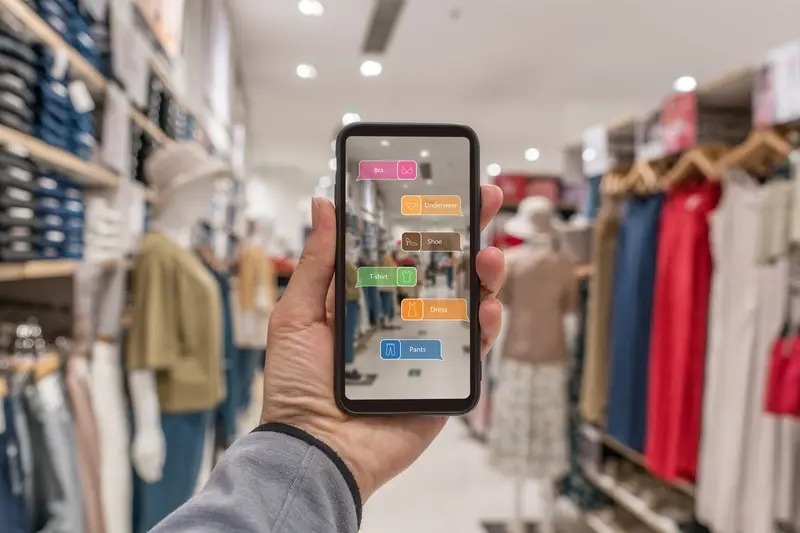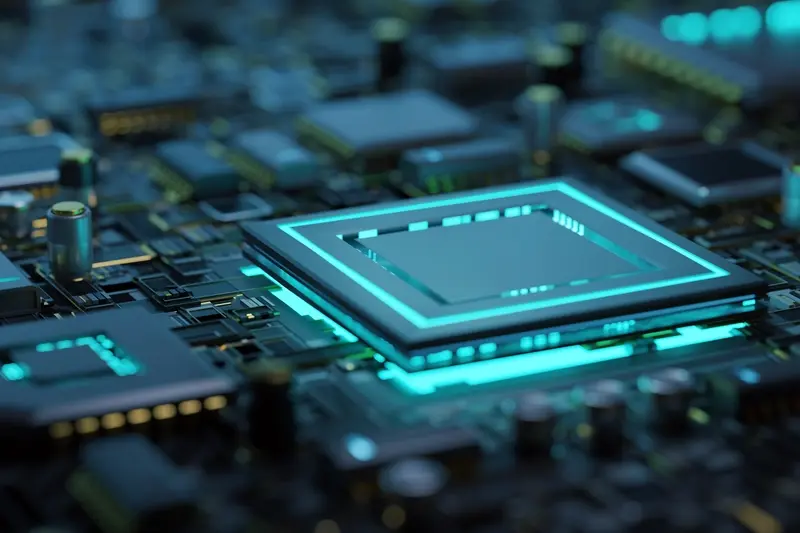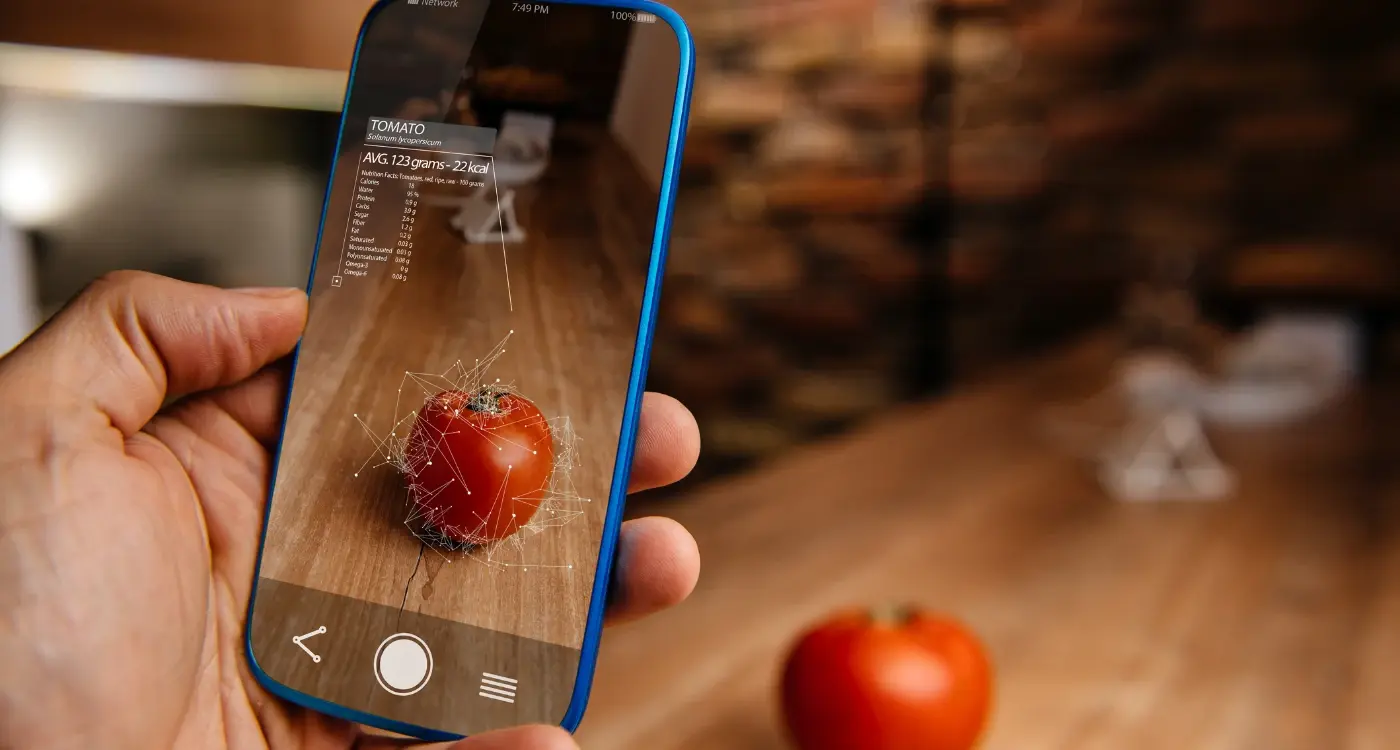Do AR Apps Drain Phone Batteries Faster Than Normal Apps?
You've probably noticed it too—your phone gets hot and the battery drains ridiculously fast whenever you use apps like Pokémon GO or try on virtual sunglasses through Instagram filters. One minute you're having fun with augmented reality, the next your phone is dying and you're scrambling for a charger. It's frustrating, especially when regular apps seem to last for hours without causing any problems.
This isn't just in your head; AR apps really do use more power than your typical mobile app. After building mobile apps for over eight years, I've seen firsthand how augmented reality features can turn a perfectly reasonable battery life into a disaster. The question is: just how much more power do these apps actually use, and why?
The camera, GPS, and processing power needed for AR can drain your battery up to three times faster than standard apps
The good news is that understanding why this happens—and what you can do about it—doesn't require a computer science degree. Whether you're someone who loves AR apps but hates the battery drain, or you're thinking about building an AR app yourself, this guide will help you understand the real impact on battery life and what can be done to make things better.
What Makes AR Apps Different from Regular Apps
After working with AR apps for several years now, I can tell you they're quite different beasts compared to your standard mobile app. Regular apps mostly work with information that's already stored on your phone or downloaded from the internet—think of your photo gallery, messaging apps, or even games that don't need your camera.
AR apps have to do something much more complex. They need to understand what your camera is seeing in real time, then add digital objects or information on top of that view. This means they're constantly processing video, calculating where things are in 3D space, and rendering graphics that look like they belong in the real world.
Key Differences That Matter
The main differences between AR and regular apps come down to how much work they need to do:
- Camera processing—constantly analysing video feeds
- Motion tracking—monitoring how your phone moves through space
- Environmental mapping—understanding surfaces and objects around you
- Real-time rendering—drawing 3D graphics 60 times per second
- Sensor fusion—combining data from multiple sensors simultaneously
Regular apps might use one or two of these features occasionally, but AR apps need most of them running all at once. Modern frameworks like Apple's ARKit have made this process more efficient, but it's still incredibly demanding on your phone's resources.
How AR Technology Uses Your Phone's Hardware
AR apps are greedy when it comes to your phone's hardware—they need multiple components working together at the same time to create that magical experience. Your camera is constantly recording and processing what it sees; your phone's processor is working overtime to understand the world around you and place virtual objects in the right spots.
The gyroscope and accelerometer are spinning away, tracking every tiny movement you make so the AR objects stay exactly where they should be. Your phone's graphics chip is rendering 3D models and effects in real-time, which is quite demanding work. Some AR apps even use your phone's depth sensors or LiDAR scanner if you've got one.
The Big Three Battery Drainers
From my experience building AR apps, three components really hammer your battery life. The camera sensor uses loads of power because it's constantly capturing high-resolution video. The main processor gets hot trying to make sense of all that visual data. And the graphics chip works non-stop to blend virtual objects with reality seamlessly.
- Camera sensor - always recording and processing
- Main processor - analysing visual data constantly
- Graphics chip - rendering 3D objects in real-time
- Motion sensors - tracking every movement
- Display - often running at maximum brightness
Your phone's display brightness makes a huge difference to battery drain in AR apps. Most work better with higher brightness, but you can often get away with slightly dimmer settings to save power.
The Real Impact on Battery Life
Right, let's get straight to the point—AR apps do drain your phone's battery faster than regular apps. But before you panic and delete every AR app from your phone, let me explain what's actually happening and why it's not as scary as you might think.
The difference isn't massive for most AR apps. A typical AR app might use about 20-30% more battery than a standard app doing similar tasks. That's noticeable, yes, but it's not going to kill your phone in minutes. Where things get interesting is with intensive AR experiences—those Pokemon GO marathon sessions or trying out furniture placement apps for an hour straight. These can definitely make your battery meter drop faster than usual.
What the Numbers Actually Show
From our testing and industry research, here's what we've found about battery drain rates:
- Simple AR filters and effects: 10-15% more battery usage
- Navigation AR apps: 25-35% more battery usage
- Gaming AR apps: 40-60% more battery usage
- Professional AR tools: 50-70% more battery usage
The key thing to remember is that most people don't use AR apps for hours on end. Quick photo filters, brief navigation assistance, or short gaming sessions won't dramatically impact your daily battery life. It's the extended use that really makes the difference—and that's true for any demanding app, not just AR ones.
Which AR Features Drain Battery Most
Not all AR features are created equal when it comes to battery consumption. Some are absolute power guzzlers whilst others are surprisingly gentle on your phone's energy reserves. Let me break down the biggest culprits so you know what to expect.
Real-Time Object Tracking
This is where your phone works hardest. When an AR app needs to track moving objects or people in real-time, it's constantly processing camera data and running complex calculations. Think Pokémon GO tracking your movement or furniture placement apps that follow your hand gestures—your processor is working overtime to keep up with all that motion detection.
These tracking issues are part of why some developers worry about AR usability problems that could affect the technology's adoption. The more your phone struggles with tracking, the more power it consumes trying to maintain accurate positioning.
3D Rendering and Animation
Complex 3D models with detailed textures and smooth animations are battery killers. The more realistic and detailed the virtual objects, the harder your graphics processor has to work. Simple flat graphics? Not too bad. Photorealistic dragons breathing fire? That's going to hurt your battery life.
Most AR apps use between 20-40% more battery than standard apps, but apps with heavy 3D rendering can use up to 60% more power
Face filters and effects are particularly demanding because they're doing facial recognition and real-time rendering simultaneously. Your phone is tracking dozens of facial points whilst applying complex visual effects—it's impressive technology but comes at a cost to your battery life.
How Phone Manufacturers Are Improving Battery Performance
Phone makers know that AR apps are hungry for power, and they're working hard to fix this problem. The biggest change we're seeing is in battery chemistry itself—newer phones use lithium-ion batteries that can hold more charge whilst taking up the same amount of space. Some manufacturers have managed to squeeze 20% more battery life into phones without making them any thicker.
Smarter Chips Mean Better Battery Life
The processors in modern phones are getting much cleverer about managing power. They can now spot when you're using an AR app and automatically adjust how much power goes to different parts of your phone. If the camera doesn't need to work as hard for a particular AR feature, the chip will reduce its power consumption. This kind of smart power management wasn't possible just a few years ago.
Better Cooling Systems
Heat is battery life's worst enemy, and AR apps generate quite a bit of it. Phone manufacturers are now using better cooling systems—some phones have tiny heat pipes inside them, whilst others use special materials that spread heat more evenly. When your phone runs cooler, the battery doesn't have to work as hard and lasts much longer. These improvements mean that running AR apps for extended periods won't drain your battery quite as quickly as they used to.
Tips to Make Your AR Apps Use Less Battery
After years of working with AR apps, I've learned that battery life doesn't have to be a deal-breaker. Yes, augmented reality apps will always use more power than your average mobile app—that's just the nature of the beast. But there are plenty of ways to make your AR experience last longer without sacrificing the magic.
Close other apps running in the background before starting your AR session. Your phone's processor needs all the help it can get!
Smart Usage Habits
The biggest mistake people make is leaving AR apps running when they're not actively using them. These apps keep your camera, sensors, and processing power working even when you've switched to another task. Make it a habit to properly close AR apps when you're done.
Brightness settings make a huge difference too. Your screen is already working overtime to display those digital objects overlaid on the real world. Keeping your brightness at 50-70% instead of maximum can extend your session significantly.
Simple Tweaks That Work
- Turn off location services for AR apps that don't need precise positioning
- Use airplane mode with WiFi enabled if you're not sharing content
- Keep your phone cool—heat makes batteries drain faster
- Update your AR apps regularly as developers often improve battery efficiency
- Consider using low power mode before starting intensive AR experiences
The truth is, most battery drain comes from poor usage habits rather than the technology itself. A few simple changes can double your AR playtime. If you're dealing with an AR app that's particularly problematic, consider user testing approaches to identify exactly which features are causing the most battery drain.
Ways Developers Can Build More Efficient AR Apps
After years of building AR apps, I've learnt that making them battery-friendly isn't just about cutting features—it's about being smart with the ones you keep. The biggest mistake I see developers make is trying to use every sensor and camera feature at once, which is like leaving all the lights on in your house.
The key is understanding that AR apps don't need to run at full power all the time. When users aren't actively looking at AR content, you can dial down the camera quality or reduce tracking frequency. Modern phones are clever enough to handle this switching, but you need to code it properly.
Smart Development Strategies
I always tell my development team to think about what the user is actually doing. Are they moving around or standing still? Do they need precise tracking or will rough positioning work? These questions shape how we build our apps.
- Use lower camera resolutions when high detail isn't needed
- Pause AR processing when the app goes to the background
- Limit simultaneous object tracking to what's actually visible
- Cache 3D models locally instead of downloading them repeatedly
- Turn off unused sensors like gyroscope when not required
The best AR apps feel magical to users but run efficiently behind the scenes. That balance comes from understanding your hardware limits and respecting them. Regular code reviews help ensure your team is following battery-efficient practices consistently.
Conclusion
After years of working with augmented reality apps, I can tell you with confidence that yes—AR apps do drain your phone's battery faster than normal apps. But that doesn't mean you should avoid them! The technology is brilliant and constantly getting better.
The main culprits are your phone's camera, sensors, and processor working overtime to create those magical AR experiences. Your phone is doing so much more work than when you're just checking messages or browsing the web. Think about it—your device is capturing video, tracking your movements, and overlaying digital content in real-time.
The good news is that both phone manufacturers and app developers are getting smarter about battery life. New chips are more efficient, batteries are lasting longer, and developers are learning tricks to make their AR apps less hungry for power. Some of the latest phones can run AR apps for hours without needing a charge.
If you're building an AR mobile app, focus on optimising your code and only using the sensors you actually need. If you're using AR apps, keep your phone cool, close other apps, and maybe carry a portable charger for longer sessions. The technology is only going to get better from here—and frankly, the amazing experiences are worth the extra battery drain.
Share this
Subscribe To Our Learning Centre
You May Also Like
These Related Guides

Which Phones Support AR Apps And Which Don't?

Can Cross-Platform Apps Access All Phone Features Like Native Apps?



